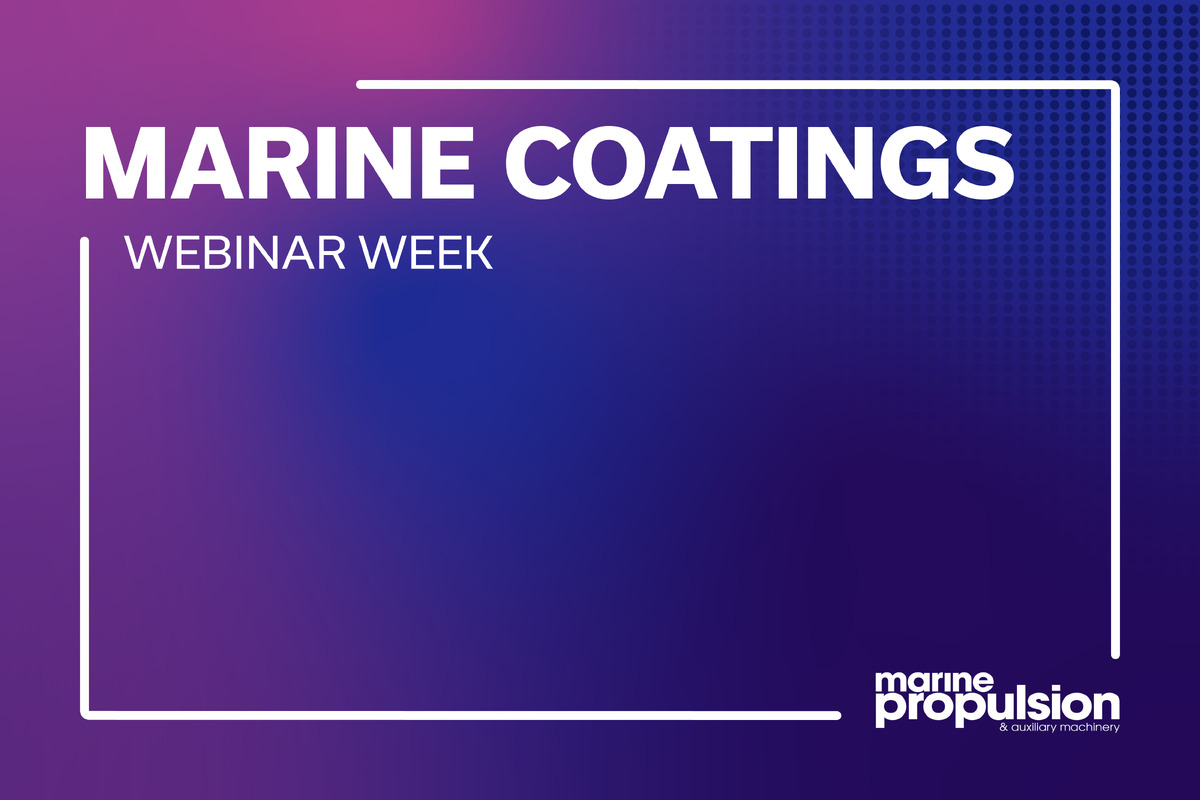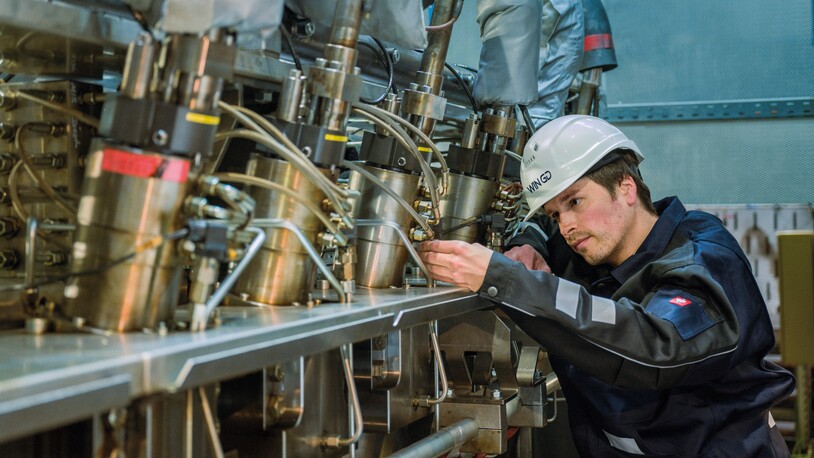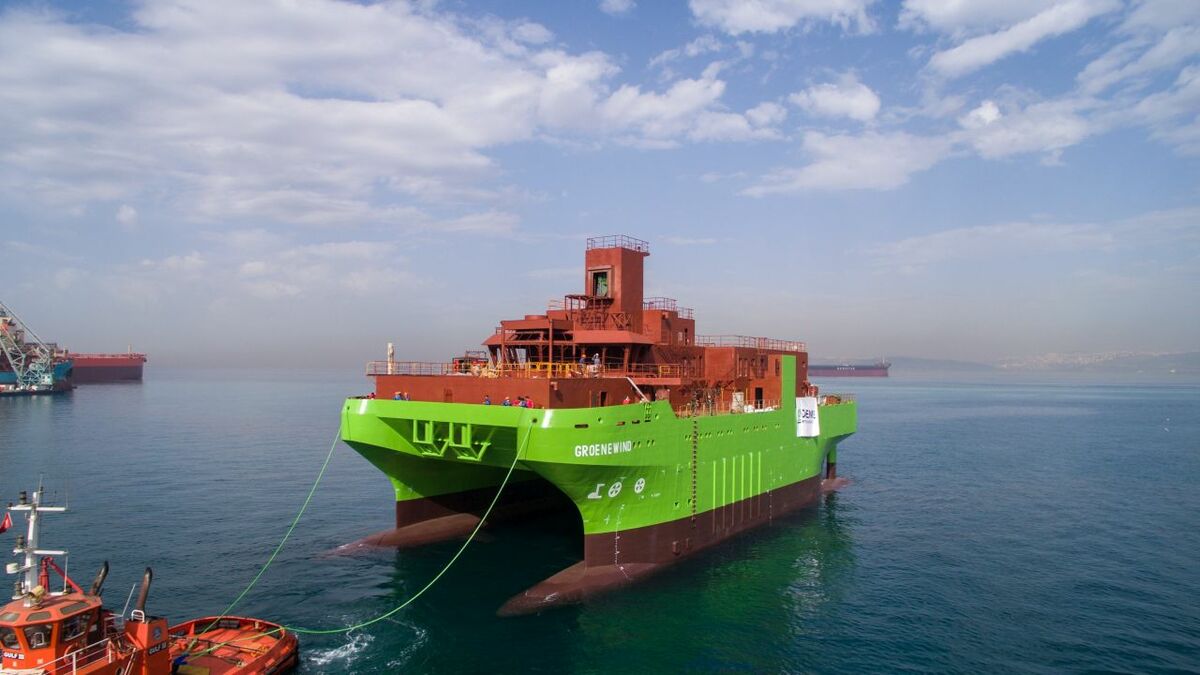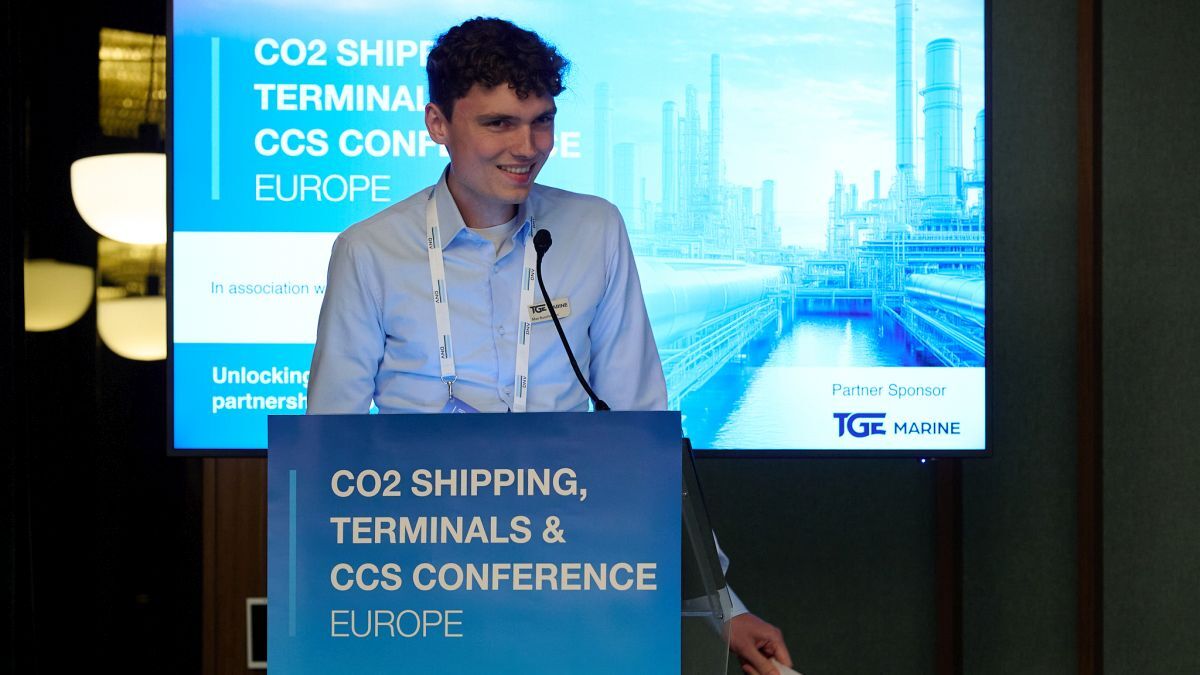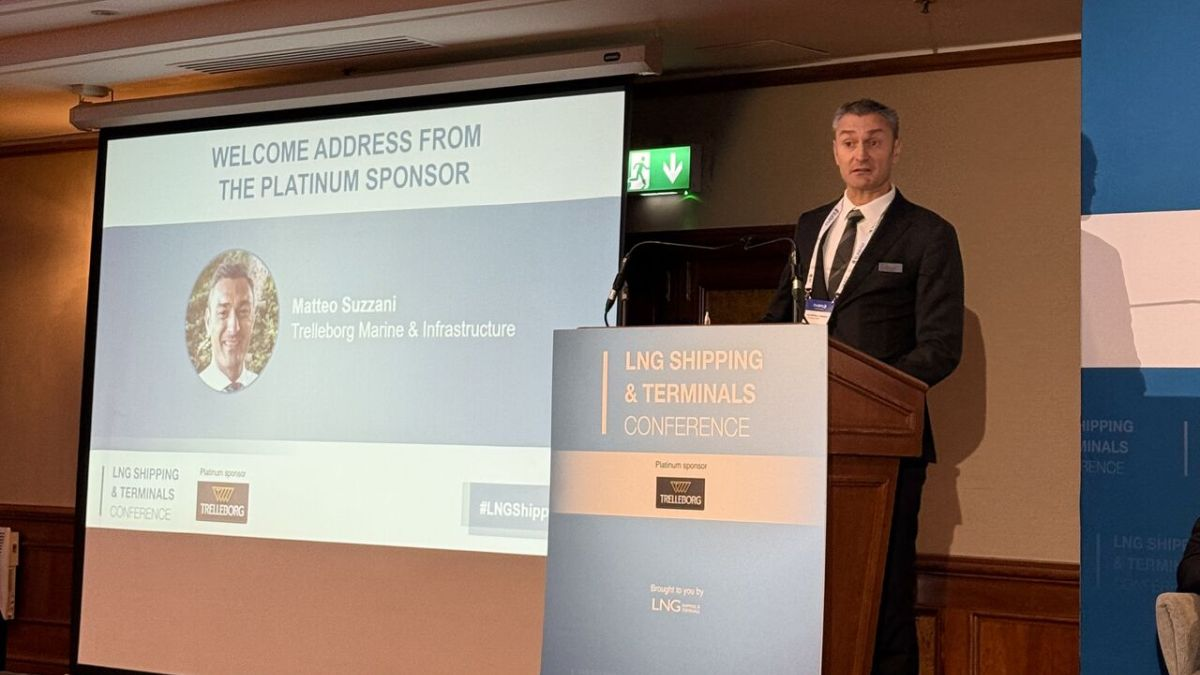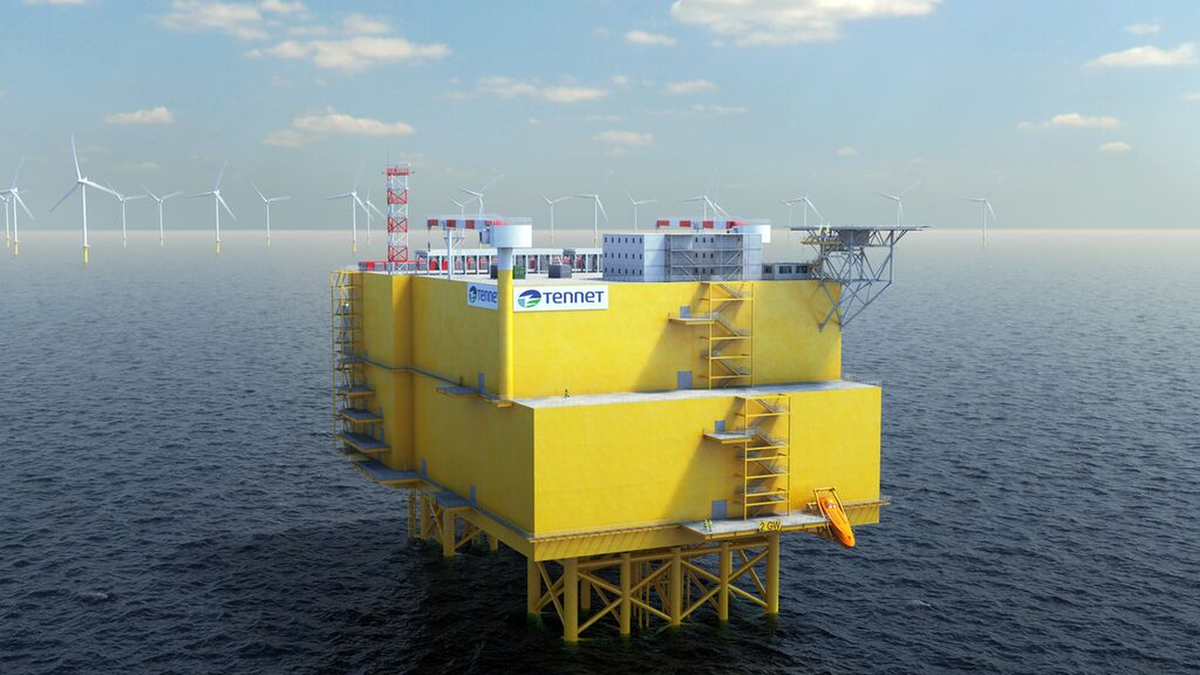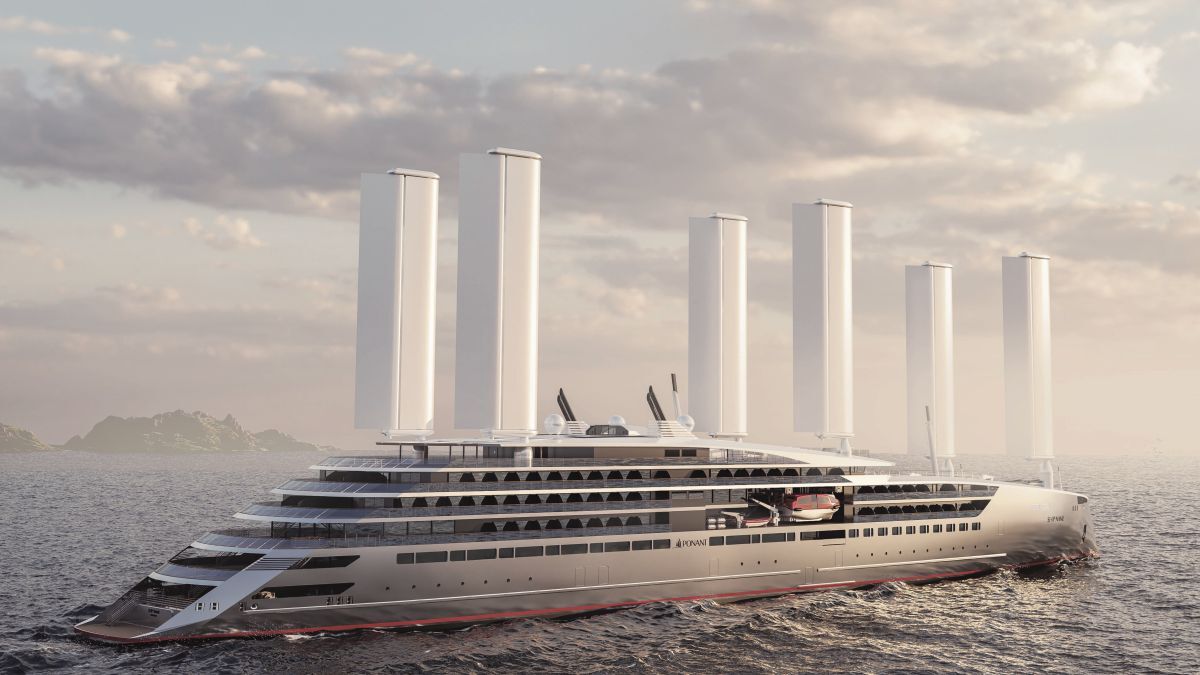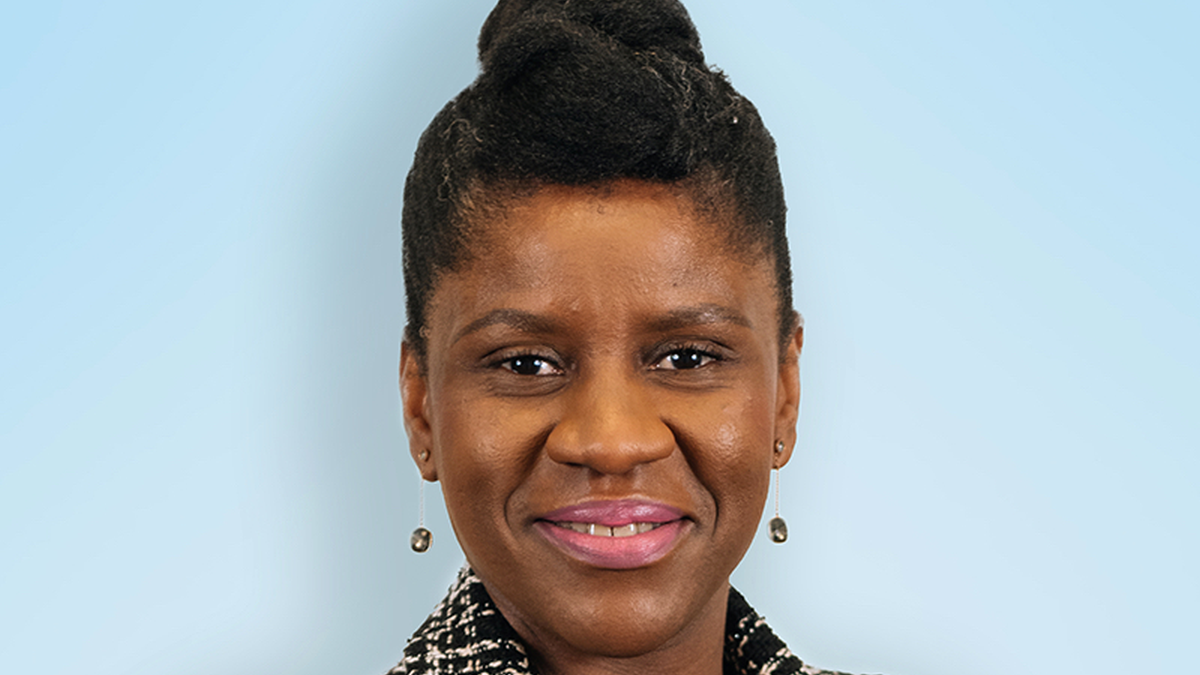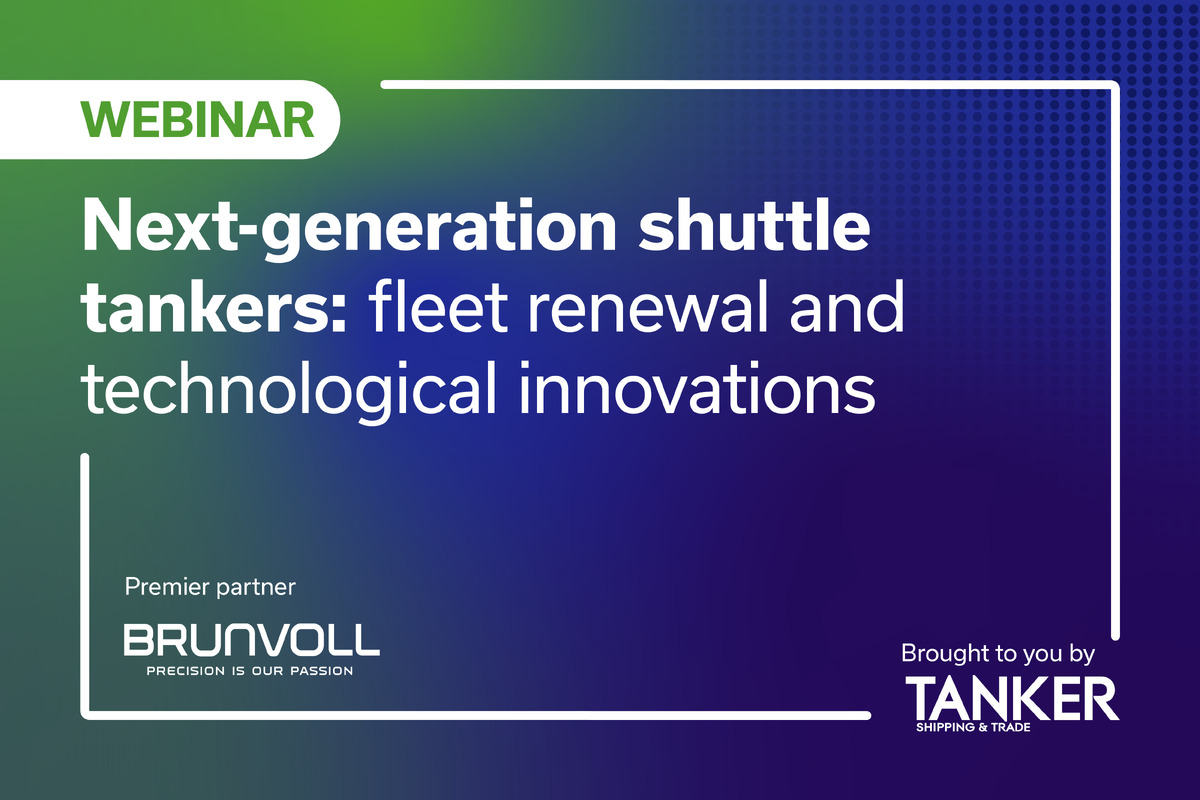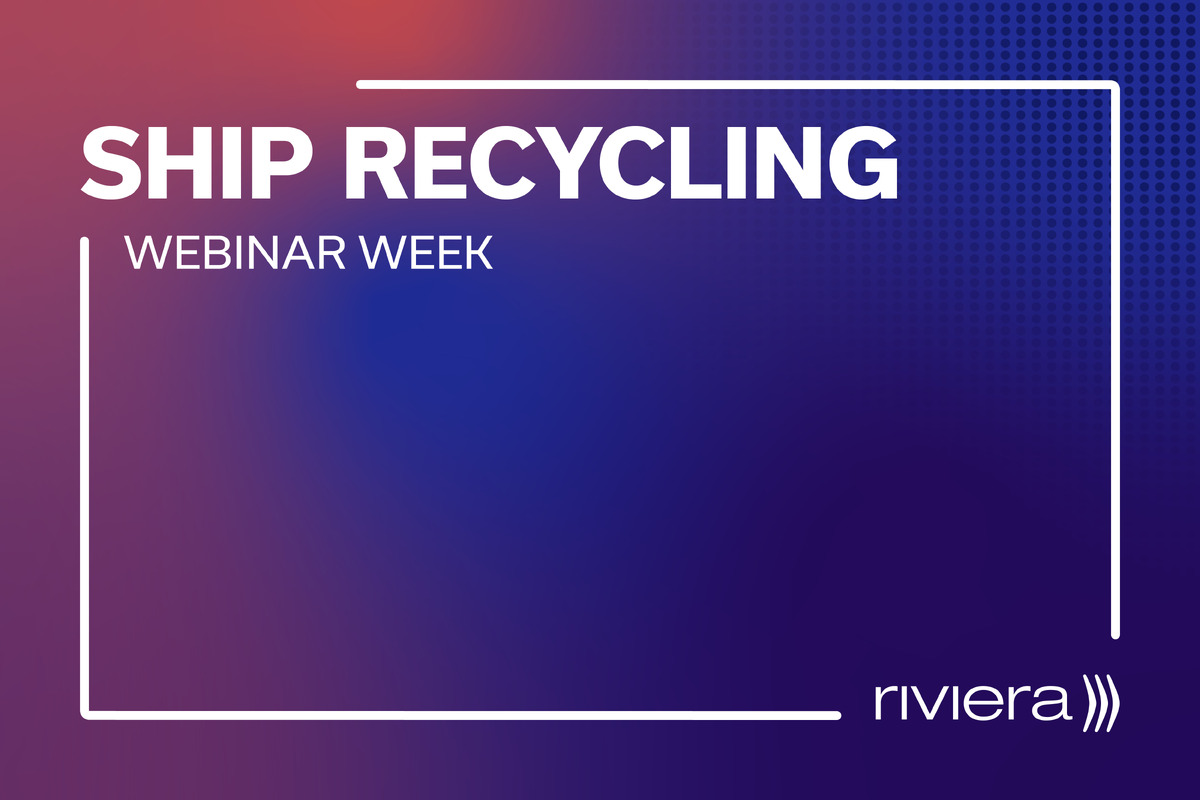Business Sectors
Events
Marine Coatings Webinar Week
Contents
Register to read more articles.
Offshore wind projects drive leap in DP vessel deliveries
Growing offshore wind service and construction requirements is leading to a rebound in vessels ordered with dynamic positioning
After a drop in newbuildings with dynamic positioning (DP) since 2015 due to falling demand in the offshore oil and gas sector, there has been a strong rebound in DP vessels ordered for offshore renewables.
AqualisBraemar LOC senior electrical engineer Julius Partridge forecast 350 new DP vessels would be delivered in 2021, compared to approximately 120 vessels in 2020 and about 150 new vessels annually during the past five years.
Mr Partridge was speaking at Riviera Maritime Media’s European Dynamic Positioning virtual conference. He said there were around 5,225 DP vessels in the global fleet including offshore support vessels (OSVs), windfarm support vessels, mobile drilling rigs, crew supply vessels, research ships, drill ships and shuttle tankers.
This did not include 145 passenger vessels using DP with no classification for berthing operations.
The majority, 68%, were classed as DP2 platform supply vessels or anchor handling tugs.
“Growth in offshore wind means demand for service operation vessels for maintenance support using DP,” said Mr Partridge.
Another trend he highlighted was hybrid propulsion on DP vessels, with 51 vessels operating with batteries supporting DP2 and DP3. “Benefits are from redundancy of battery systems as a spinning reserve, reduced fuel consumption and operating expenditure and increased day rates for hybrid vessels,” said Mr Partridge.
One of these is Louis Dreyfus Armateurs’ Wind of Change, delivered in 2019 and operating in the German sector of the North Sea, servicing over 230 wind turbines on four different windfarms.
Louis Dreyfus Armateurs newbuilding and projects engineer Pierre-Arthur Fortin explained the reasons for installing energy storage systems on this DP2 vessel, which accommodates 60 windfarm maintenance technicians, has a walk-to-work gangway and an offshore crane.
“Batteries are used to optimise the diesel generators,” said Mr Fortin, “firstly with peak shaving, which means batteries supply power during the short periods of time when the power demand is higher than the optimal load of the running diesel generators,” he said.
Batteries on Wind of Change are also used for enhanced dynamics, “which means they improve the power plant reactivity by supplying power immediately” Mr Fortin explained. “But the biggest expectation we had with batteries was the spinning reserve function which allows us to reduce the number of engines used at a given time by using batteries as a power back-up.”
Another advantage of using energy storage is reducing fuel consumption as batteries can supplement generator set loading. “The batteries resulted in an average fuel saving of about 6.4%,” said Mr Fortin.
DEME Offshore marine co-ordinator and DP authority Captain Matthijs van der Moer explained some of the operations its vessels undertake in offshore renewables.
These include setting foundations, installing monopiles, jackets and wind turbines, trenching and cable laying, erosion protection, maintenance support and installing offshore substations.
He said some of the issues and technology trends owners need to tackle or consider include improving bridge layout and ergonomics, LNG-fuelled vessels, DP3 redundancy for heavy-lift vessels, hybrid propulsion, DP operations in combination with walk-to-work systems and new developments for relative reference systems.
Capt van der Moer said DP guidelines have a predominant role in the offshore wind industry. “However, there is a need to go into more detail on some topics that are typical for this industry,” he said.
For example, there is a need for more offshore wind-specific operational guidelines “because field operators’ DP is a relative new and an unknown concept”, said Capt van der Moer. “In general, DP checklists, procedures and routines are predominantly developed with the focus on 500-m zone operations,” he said.
Related to this Story
Events
Marine Coatings Webinar Week
Maritime Environmental Protection Webinar Week
Ship Recycling Webinar Week
© 2024 Riviera Maritime Media Ltd.
